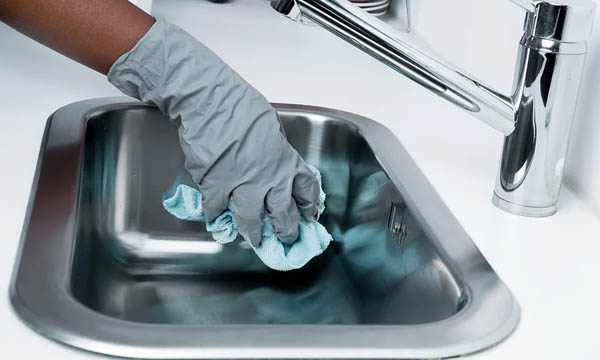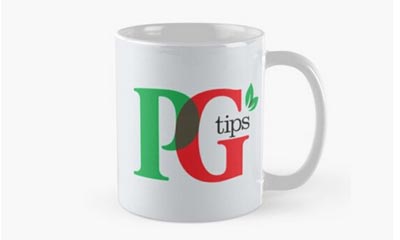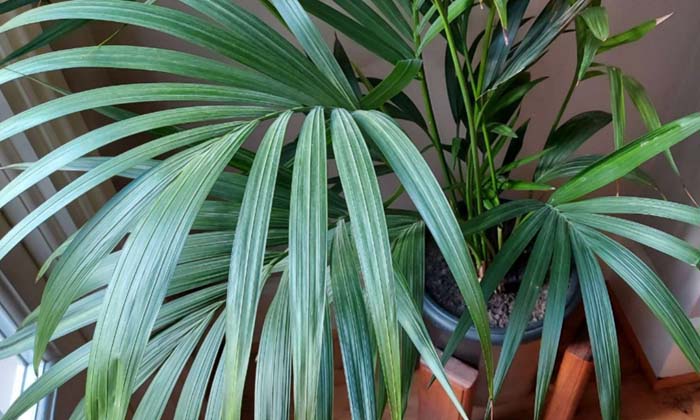The ultimate money saving hack would be to combine your cleaning products with your groceries. Mastering your cleaning routine with solely natural ingredients is something to brag about as you could finally get rid of a stubborn surface or stain with one of nature's feather dusters.
The natural way is better for your home than you think as using natural products is thought to improve air quality and be far safer for children. Here are some different surfaces that can be scrubbed clean naturally:
Some people subscribe to the no-cleaning methodology, citing ancient man who managed to survive without cleaning his cave and actually benefited from all the healthy microbes found in soil, sand and other natural surfaces.
News Flash modern cavemen! We no longer live in caves and we spend very little time in the great outdoors and most of us live in toxic cities so cleaning is essential to protecting our health in our homes, schools and workplaces.
The dilemma is however, that household and cleaning products including soaps, polishes and grooming supplies often include harmful chemicals. Even if you pick up some cleaning products advertised as 'green' or 'natural' most are often very over-priced and most also contain ingredients that are toxic and harmful to health anyway.
Unfortunately there is no getting away from modern toxic cleaning products around the home so I guess the second best thing is to find a nice balance between using off-the-shelf cleaning products and natural cleaning products.
Surely the very best natural cleaning product of all is actually plain old water and more often than not can be all you need to make a surface clean in a hurry.
Water alone is such a powerful cleaner because at the molecular level it has positive and negative ends which can absorb and carry away a wide range of substances that it comes in contact with.
Think of water as two pieces of Velcro with one side having little hooks and the other side having little loops, When they come in contact with each other they are fused tightly together. When water touches your skin and other surfaces it fuses with particles on the surface and when you wipe the water away, it takes those particles with it.
So there you have it, the cheapest and arguably the most powerful all-natural cleaning product ever is plain old simple H2O, otherwise known as water.
Moving on, if only cleaning every area of your home was as easy as wiping down with a bit of water life would be a breeze. Unfortunately, it's not that simple but nature also has a few other tricks up its sleeve for us to use.
A simple search on the internet will reveal all the natural cleaning hacks to replace mainstream products such as bleach, furniture polish, window cleaner and more. Some do work better than others so it's all about trial and error to find what works best for you and your household.
There are some very good reasons why avoiding toxic cleaning products as much as possible is a good idea. Most cleaning supplies release VOCs and other chemicals during use, which contribute to chronic respiratory problems, allergic reactions and even headaches.
If you or someone in your household has asthma or other respiratory conditions, the effects of using some cleaning products can be even more severe. The dangers multiply if some of these cleaning products are mixed together.
In fact it was recently reported in the Metro Newspaper about a 34 year old woman, Leah Seymour who died after accidentally inhaling bleach fumes as she cleaned her bathroom at home.
It was reported that she mixed two cleaning products together which then produced a toxic gas which once inhaled, caused her to suffer a severe and ultimately fatal asthma attack.
Here is a list of some of the everyday products we use at home that contain VOCs and other toxic substances.
- Hair Spray
- Air Fresheners
- Chlorine Bleach
- Detergent
- Washing Up Liquid
- Descaler
- Fabric Softener
- Carpet Cleaners
- Window Cleaner
- Furniture Polish
- Oven cleaners
Kentia Palm (also known as Paradise palm plant or Big Ken) is one of the most popular indoor plants because it's very easy to look after and only needs to be placed by a window for it to thrive.
The product list above covers pretty much every type of cleaning product we use in our homes but how do you know if the chemicals from these products are actually harming you?
Here are a list of symptoms/tell-tale signs of indoor air pollution
- Worsening asthma, allergies and other respiratory problems
- Headaches and Nausea
- Shortness of breath
- Sinus congestion
- Sneezing and coughing
- Eye, skin, nose and throat irritations
- Memory loss
- Dizziness
- Fatigue
- Depression
Yes the above symptoms are very general and could be down to many other conditions but if you feel a bit woozy immediately after cleaning or on a day when you've used quite a lot of cleaning products, then perhaps the cleaning products could be the cause of you feeling unwell.
Another important consideration when it comes to toxic chemicals in our homes is the amount of time we spend at home.
A recent study suggested that people in the modern world tend to spend up to 90% of their day indoors. That's a huge number and now that we are living in a post Covid-19 world with millions of people working from home, that number could be even higher.
One of the most natural and beneficial ways to prevent these toxic chemicals from harming your health is to open the windows for a prolonged period during the day and especially while using said cleaning products.
Perhaps a nice 30 minute walk around your neighbourhood after doing a big clean of your home will give you some time away from inhaling any toxic fumes and refill your lungs with fresh air.
Another very natural way to reduce the effects of toxic cleaning products is to fill your home with indoor plants, well don't fill your home but have at least one in every room.
It's a fact that plants help purify the air as they take in carbon dioxide and give out oxygen but did you know that certain plants can help clean and clear toxins in the air?
NASA to the rescue for this one because the space agency conducted a research study to find out how to clean the air in space stations and believe it or not they discovered that a list of plants and even soil that can help clean indoor air naturally.
So thanks to a study by NASA here is a list of 12 air purifying plants that will not only help purify and freshen the air in your home but will also add a nice touch to your interior design and add some green finger points to your rep.
12 Indoor Plants that will purify and clean the air
- Mother-in-laws tongue/snake plant
- Aloe Vera
- Bamboo palm
- Pothos
- Chinese evergreen
- Corn cane/Mass Cane
- Philodendron
- Ficus tree
- Rubber plant
- Peace lily
- English Ivy
- Janet Craig
The good news is, you don't have to be a Monty Don to manage a couple of plants in each room of your home.
Indoor plants are usually very easy to look after and need very little water (each plant will come with simple instructions on how to maintain its health).
One of the best online stores for indoor plants is Patch Plants. You can browse for indoor plants by height, type or best plants for each room in your home. They carefully explain most things you need to know before purchasing a particular plant.
Lastly, it's worth remembering that you don't need to be a clean freak and deep clean your home every few days. A little bit of dirt is fine and if you gave your home a light surface clean daily and a deep clean once a month, that alone will limit your exposure to harsh chemicals.
Also feel free to experiment with natural products to clean different items around the house and resist the temptation to reach for the chemical stuff. Just make sure you test on a small area of the surface you want to clean before going for it and cleaning the whole area with an un-tried and un-tested solution. Also, ask friends if they have any useful tips you could try out for yourself. Communication is key to learning new things and the more you talk about things with friends and family the more tips you will get.






